当前位置:网站首页>GPS from getting started to giving up (XV), DCB differential code deviation
GPS from getting started to giving up (XV), DCB differential code deviation
2022-07-06 21:57:00 【Chasing wind】
One 、 Concept
DCB(Differential Code Bias Differential code deviation ) It's the global satellite navigation system (GNSS) in , From different signals Systematic deviation between observations .DCB It is caused by the hardware delay of satellite and receiver . Generally speaking, at the receiver DCB It can be solved together with the receiver clock error , Absorbed by receiver clock error ; And the satellite side DCB It must be compensated in precise positioning .
DCB There are two main types
- The deviation between different codes at the same frequency ( Such as P1-C1、P2-C2 etc. );
- The deviation between different frequencies ( Such as P1-P2);
Two 、 Data sources
at present DCB There are two main sources of data :IGS and CODE.
IGS(International GNSS Service) The organization is the most authoritative in the world GNSS One of the precision application service organizations . With GPS Modernization and BDS and Galileo Wait for the construction of navigation system ,IGS On 2011 In, multimode was established GNSS Experimental tracking network (MGEX, Multi-GNSS Experiment), For multimode GNSS Research on navigation signal monitoring and related technologies . be based on MGEX Multi system observation data , German Aerospace Center (DLR) since 2013 Since the year of IGS Organizational submissions include BDS、GPS、GLONASS And Galileo Including multiple systems DCB product . since 2015 From the year onwards , Institute of Surveying and Geophysics, Chinese Academy of Sciences, Wuhan (IGG of CAS) Become the second company in the world to IGS Submit multiple systems DCB Product organization . The data can be found in ftp://cddis.nasa.gov/gnss/products/bias/ download . European orbit determination center of Bernier University in Switzerland (CODE:Centre for Orbit Determination in Europe) Also provide DCB Product downloads , Its history is even longer . The following is its FTP Download address :ftp://ftp.aiub.unibe.ch/CODE/ .
3、 ... and 、 Application implementation
For dual band receivers , stay Ionospheric delay In, we get that the pseudorange after ionospheric correction is

RTKLIB The single point positioning in is calculated in this way . You can refer to the following code :
gamma=SQR(lam[j])/SQR(lam[i]); /* f1^2/f2^2 */
P1=obs->P[i];
P2=obs->P[j];
P1_P2=nav->cbias[obs->sat-1][0];
P1_C1=nav->cbias[obs->sat-1][1];
P2_C2=nav->cbias[obs->sat-1][2];
/* if no P1-P2 DCB, use TGD instead */
if (P1_P2==0.0&&(sys&(SYS_GPS|SYS_GAL|SYS_QZS))) {
P1_P2=(1.0-gamma)*gettgd(obs->sat,nav);
}
if (opt->ionoopt==IONOOPT_IFLC) { /* dual-frequency */
if (P1==0.0||P2==0.0) return 0.0;
if (obs->code[i]==CODE_L1C) P1+=P1_C1; /* C1->P1 */
if (obs->code[j]==CODE_L2C) P2+=P2_C2; /* C2->P2 */
/* iono-free combination */
PC=(gamma*P1-P2)/(gamma-1.0);
}
else { /* single-frequency */
if (P1==0.0) return 0.0;
if (obs->code[i]==CODE_L1C) P1+=P1_C1; /* C1->P1 */
PC=P1-P1_P2/(1.0-gamma);
}
边栏推荐
- JS method to stop foreach
- [go][reprint]vscode run a HelloWorld example after configuring go
- Sql: stored procedures and triggers - Notes
- MariaDb数据库管理系统的学习(一)安装示意图
- hdu 4912 Paths on the tree(lca+馋)
- 新入职一家公司需要去实践和注意的内容
- What can one line of code do?
- GPS从入门到放弃(十七) 、对流层延时
- 【MySQL】Online DDL详解
- Why is the cluster mode of spark on Yan better than the client mode
猜你喜欢
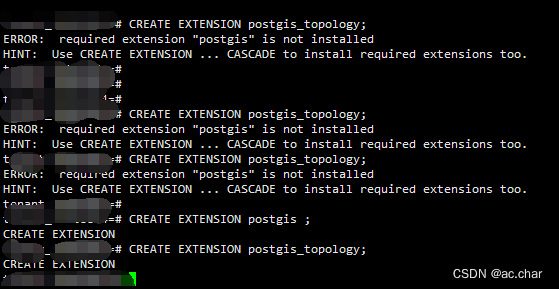
PostgreSQL install GIS plug-in create extension PostGIS_ topology
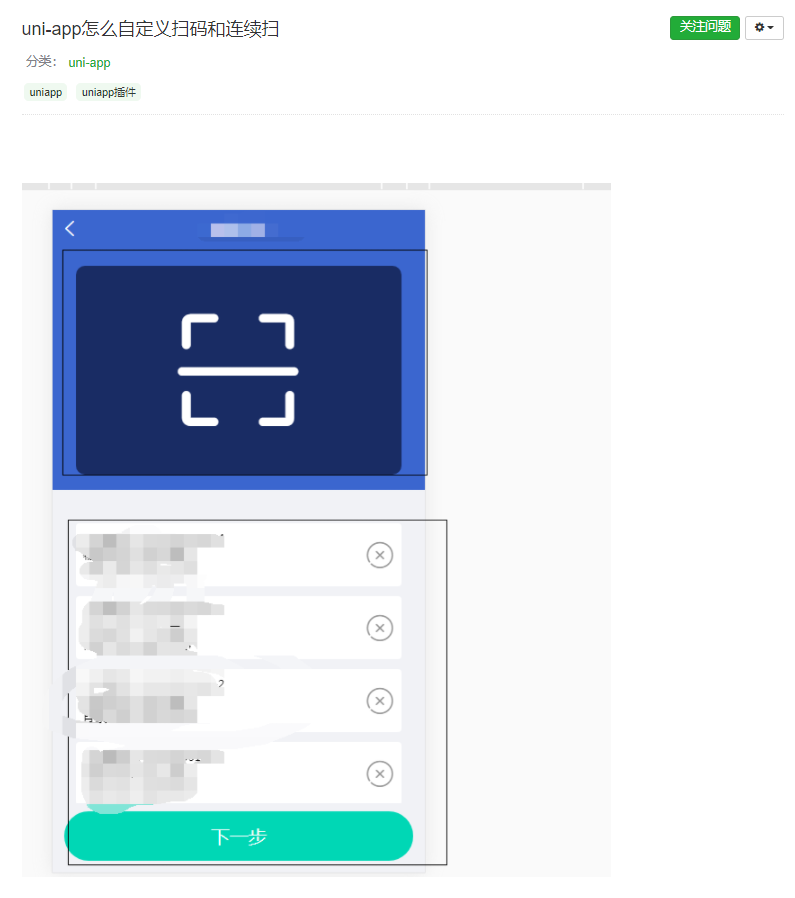
Uni app app half screen continuous code scanning

爬虫实战(五):爬豆瓣top250
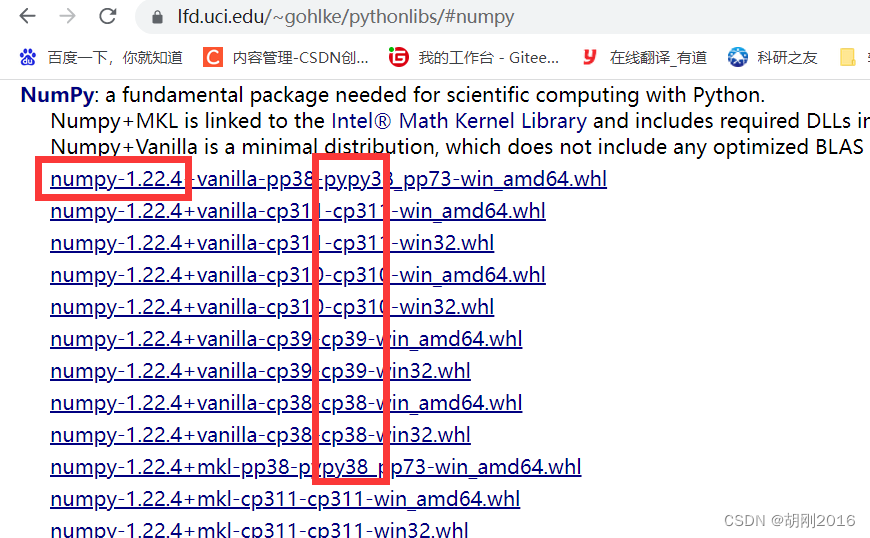
Numpy download and installation

袁小林:安全不只是标准,更是沃尔沃不变的信仰和追求
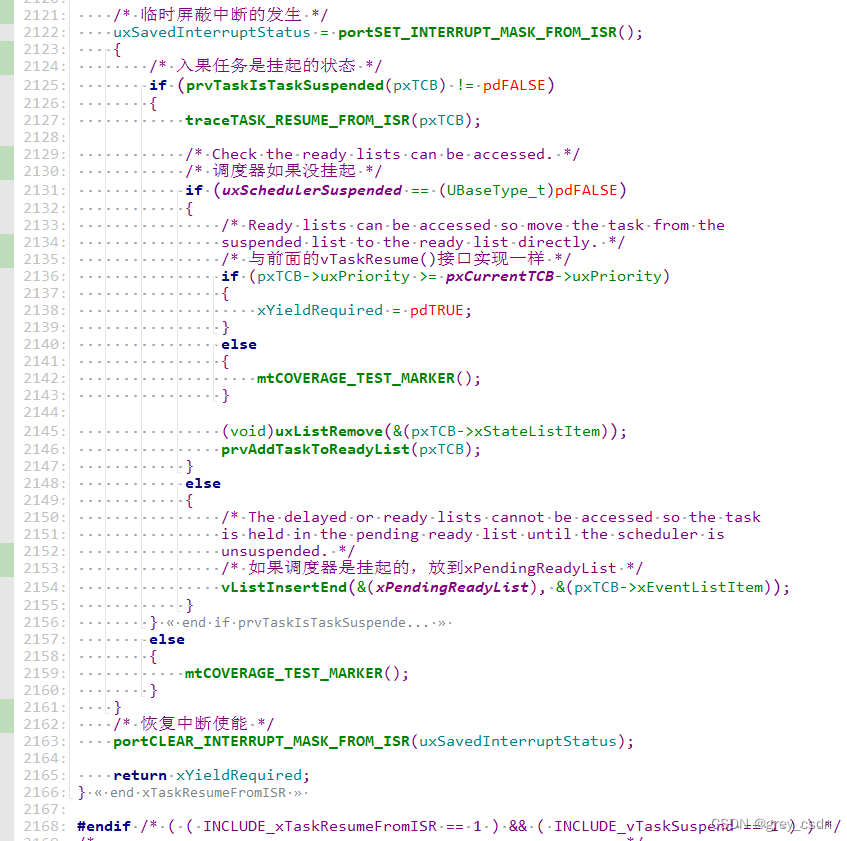
1292_FreeROS中vTaskResume()以及xTaskResumeFromISR()的实现分析
![关于char[]数组通过scanf赋值使用上的一些问题。。](/img/cf/d85a3172c5d29ac00377f9c30dbc4f.png)
关于char[]数组通过scanf赋值使用上的一些问题。。
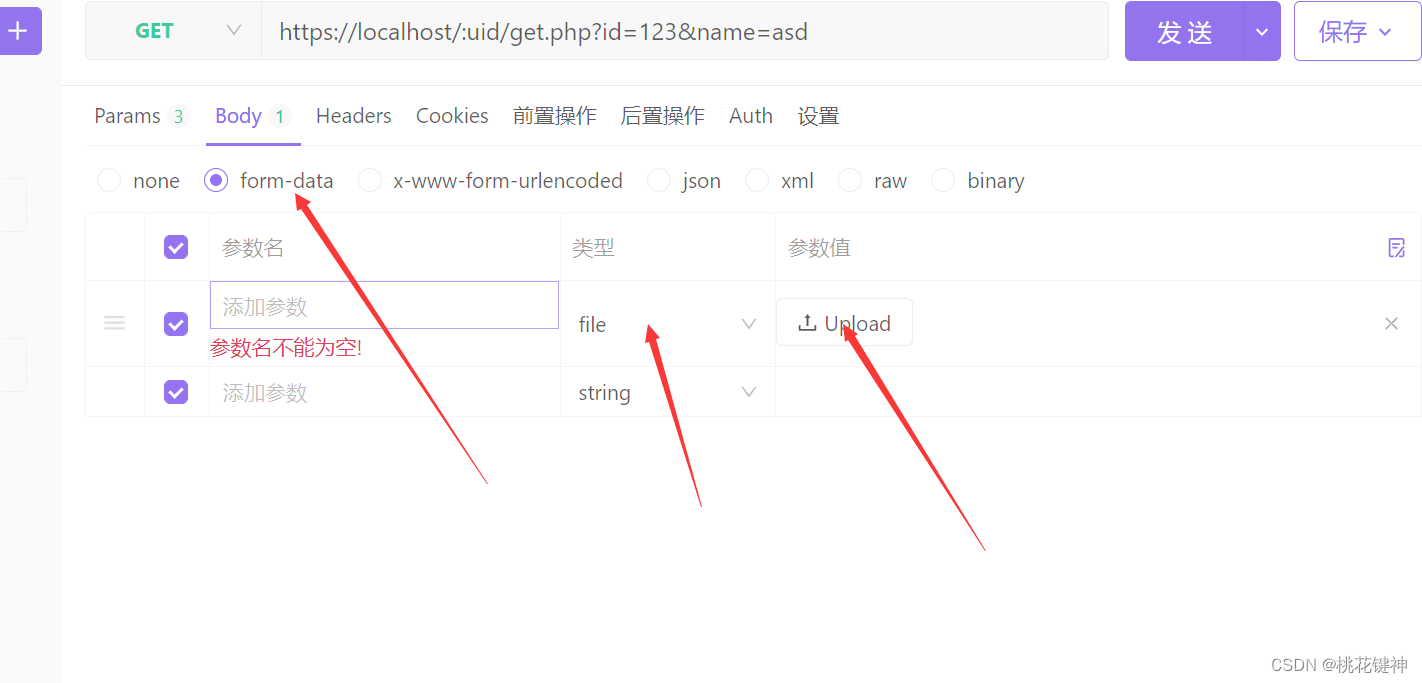
功能强大的国产Api管理工具

Reptile practice (V): climbing watercress top250

【MySQL】Online DDL详解
随机推荐
一行代码可以做些什么?
JS learning notes OO create suspicious objects
Comparison between multithreaded CAS and synchronized
Earned value management EVM detailed explanation and application, example explanation
小满网络模型&http1-http2 &浏览器缓存
[Li Kou brush questions] 32 Longest valid bracket
Make menuconfig has a recipe for target 'menuconfig' failed error
guava:创建immutableXxx对象的3种方式
GPS从入门到放弃(十八)、多路径效应
红杉中国,刚刚募资90亿美元
Intelligent online customer service system source code Gofly development log - 2 Develop command line applications
string的底层实现
Record the process of cleaning up mining viruses
[go][reprint]vscode run a HelloWorld example after configuring go
c语言char, wchar_t, char16_t, char32_t和字符集的关系
GPS从入门到放弃(十六)、卫星时钟误差和卫星星历误差
Persistence / caching of RDD in spark
Technology sharing | packet capturing analysis TCP protocol
Redistemplate common collection instructions opsforhash (IV)
Shake Sound poussera l'application indépendante de plantation d'herbe "louable", les octets ne peuvent pas oublier le petit livre rouge?